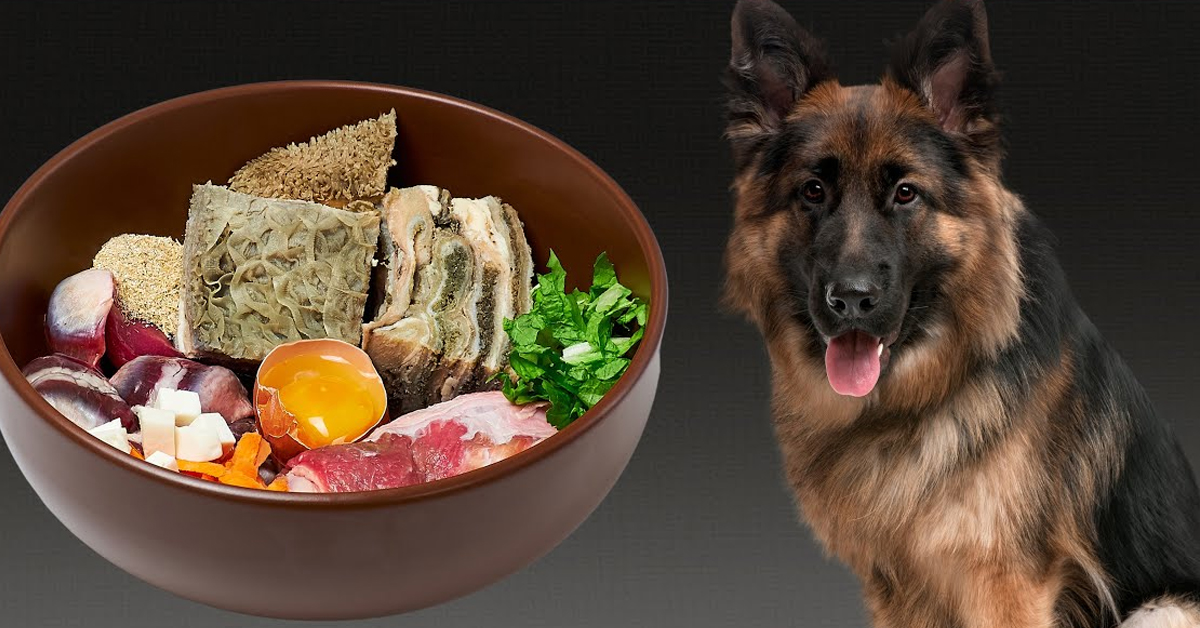
This post is composed to help you make knowledgeable choices concerning canine food. There’s a lot to understand, and in this post you’ll discover lots of beneficial info.
We’re about to have a look at the 2 most crucial foodstuffs to feed a dog; we’ll add a primer on the types of commercial dog foods along with connected advantages and disadvantages. Finally you’ll get to read about alternative diet plans.
It means much better health for your canine– he’ll be healthier, look better, need fewer veterinarian gos to, and live longer! We’ll start by assessing the components puppies require most.
Protein is the first concern in pet food. Such foods will normally be less expensive, but not a great financial investment in your pet’s wellness. The AAFCO Dietary standard for puppy food calls for minimum protein material of 22 % for puppy and maternity and a minimum of 18 % for adult canines.
Fat makes the food taste good, but is essential for a lot of other reasons. It is rich in calories, is an essential source of energy and it aids in the transport and assimilation of vitamins. In addition a practical fat content helps advertise a healthy and rich coat. The AAFCO criteria for fat content are 8 % and 5 % respectively for growth/reproduction and repair and maintenance.
It works well for all ages of puppies with the exception of elderly pet dogs with teeth issues where the hardness of dry food can make for painful chewing. Some pet dogs find dry food uninteresting, in which case it can be served with some damp or semi-moist food included to make it tastier.
The serving sizes should be larger in order to give your pet the nourishment he requires. Feeding a large canine with damp food would require an especially large volume of food.
Semi-Moist pet dog food consists of high quantities of sugar which is harmful both for a pet dog’s teeth and internal wellbeing. It is as a result not a good regular food option.
A good puppy food will provide quality components in appropriate balance. It will be free from damaging chemicals, hard-to-digest ingredients and those of reduced nutritional-value. The Association of American Feed Control Officials (AAFCO) provides minimum vitamins and mineral criteria for pet dog foods based upon controlled food researches. If you look at the labels on puppy food bundles or cans, you must see a classification for grownups (“upkeep”), or for puppies and pregnant/lactating females (“growth and reproduction”). The words “total and well balanced” suggest that the food fulfills the minimum requirements of the AAFCO. From this you will understand that, according to their standards, the minimum appropriate quantities and proportions of proteins, fats, calcium and supplements exist. Exactly what you will not understand is the quality and digestibility of the ingredients.
It’s great to supplement your dog’s diet with some pieces of human food. If you intend to prepare all your pet dog’s food, you will require to make sure the appropriate nutrients are included, considering that your canine’s dietary demands are various from a human’s. For this reason we recommend further researching.
A raw diet plan, or ancestral diet plan as it is also called, is created to approximate what your puppy’s ancestors would have eaten in the wild. It consists primarily of raw meat (both muscle and body organs) and bones, along with some fruit and vegetables. It has the advantage of being high in protein and fat, while lower in carbs. Initially promoted in the 1990’s by the Australian veterinarian Ian Billinghurst, the raw diet plan has been controversial. Some case fantastic success with feeding their puppies a raw diet. Those opposed, on the other hand, site issue over the leads of dangerous germs. In addition they feel that raw diets typically do not have of the full array of nutritional aspects.
Interest in raw diets for pet dogs is on the increase, and numerous commercial products are readily available, numerous comprising frozen meats. If you are considering this for your puppy, the key to success will be to do your own research and to get the appropriate knowledge to do it. This is why research is so essential, especially when looking at and the number of blogs and articles written on this subject.
It is recommended that you have set mealtimes for your canine rather than “free-feeding”, where food is excluded for the dog to eat at will. The latter can bring about overindulging, contamination, picky eating by the dog, and the possibility of young children or other animals getting into the food. Very young dogs must eat on a regular schedule three to 4 times a day. After 3 to six months, a program of 3 meals a day is proper. An additional benefit of scheduled mealtimes, is you’ll know as soon as possible if your dog is under the weather condition, if he does not have interest in a meal.
Amount: You can follow the recommendations on the food package deal, giving parts as indicated for the age and weight of your pet. But for young puppies under the age of three months, it is a good idea to let them eat as much as they desire in 15 mins, after which you remove the food bowl up until the next mealtime.